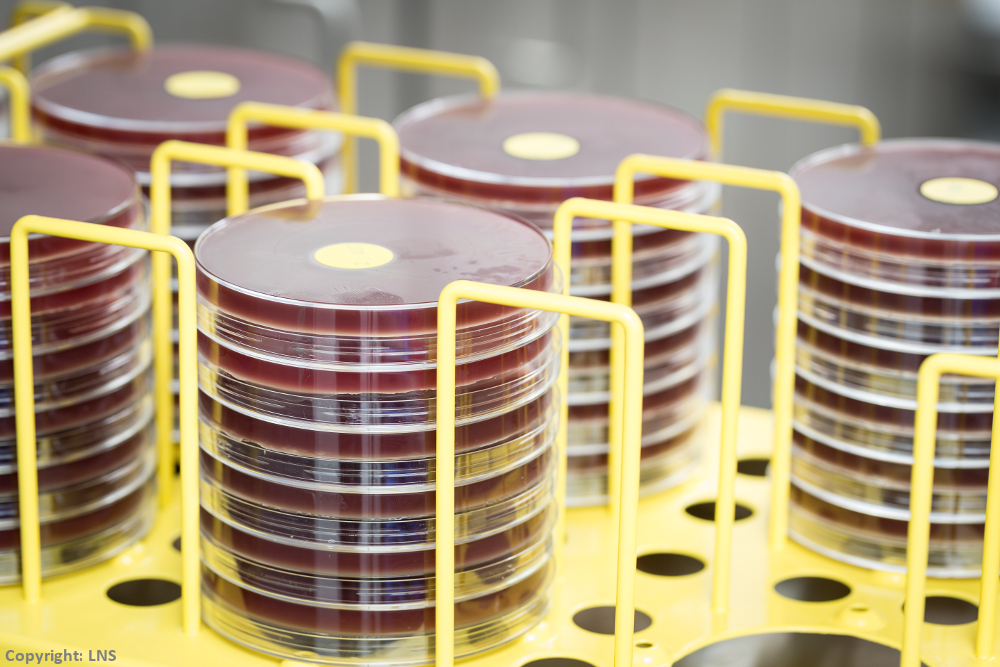

Authors: Kohlenberg A, Struelens MJ, Monnet DL, Plachouras D, The Candida Auris Survey Collaborative Group
Between 2015 and 2016, outbreaks of Candida auris occurred in European countries and these triggered a rapid risk assessment from the European Centre for Disease Prevention and Control (ECDC). To follow-up if these outbreaks had been controlled and determine the current situation regarding C. auris in Europe, an online survey was conducted in early 2018.
C. auris is an emerging fungus that is causing difficult-to-control outbreaks of invasive healthcare-associated infections. Since the first report of C. auris in 2009, cases have been reported worldwide. Identification of C. auris requires specialised laboratory methodology as traditional identification methods may lead to misidentification. In addition, C. auris has been associated with resistance to multiple antifungal classes and difficulties related to the interpretation of antifungal susceptibility results. The combination of these characteristics, i.e. propensity to cause nosocomial outbreaks, multi-drug resistance, ability to cause severe disease and difficulties with laboratory detection, render C. auris a public health threat for European healthcare facilities.
Euro Surveill. 2018 Mar;23 (13)